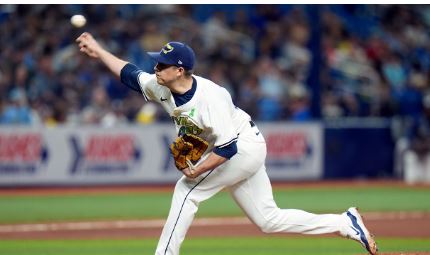
One of the first significant trade deadline moves made by the New York Mets in July occurred well before the deadline. Anticipating the need for bullpen depth to mount an unprecedented playoff run, the Mets took on the full $6.25 million salary of Phil Maton to enhance their chances.
The trade was finalized on July 9, and Maton remained a crucial part of the Mets’ bullpen throughout the NLCS, despite mixed results. Now that the season has concluded, it’s time to evaluate whether the trade’s impact has changed. What’s the final assessment?
Now that the season has concluded, it’s time to evaluate whether the trade’s impact has changed. What’s the final assessment?
**Final Grade for the Mets’ Trade for Phil Maton: A**
While Maton struggled during the postseason, his strong performance in the regular season cannot be overlooked. He posted a 2.51 ERA over 28.2 innings, and his numbers would have been even better if not for the two earned runs he allowed in Game 1 of the September 30 doubleheader against the Atlanta Braves.
It’s difficult to assign a low grade to this trade, especially since it only involved financial cost with no prospects sent to the Tampa Bay Rays. This type of strategic move is precisely what a Steve Cohen-led team should pursue.
The negative aspects of Maton’s time with New York stem mainly from his playoff struggles. He allowed just one home run during the regular season but gave up four in the postseason.
Although this might lead to some disappointment with Maton, it doesn’t significantly diminish what was always likely to be an A-grade trade.
The Mets can still benefit from this deal further, as Maton has a $7.75 million team option for next season. If he can replicate his regular-season success for a full year, picking up that option becomes an easy decision. His playoff performance raises some concerns, but having the option gives the Mets flexibility. Whether Maton stays or goes may not matter much; without him, the Mets would likely struggle to make the playoffs in 2024.
Leave a Reply